Latest questionable 'iPhone 8' delay claim lays blame on limited OLED screen availability
The latest supply chain reports out of China suggest that it is not the Touch ID, or layered motherboard design that may cause later than expected shipments of the forthcoming "iPhone 8," but instead, Samsung is having production issues with the OLED screen for the device that it pioneered.
DigiTimes, citing industry sources, claims that output of the 5.8 inch panel said to be used in the "iPhone 8" are tight for some unspecified reason. As a result, according to the sources, there will be between 3 million and 4 million devices available for launch, and a goal of between 50 million and 60 million through the end of 2017 is allegedly in danger.
Should the earlier reports of Samsung being the screen supplier for the device be accurate, it seems improbable that the company that cranks out the vast majority of the world's supply should be having unspecified issues in delivery. The first reports of an OLED screen for the "iPhone 8" surfaced in 2016, with amplifying reports from other sources in 2017.
Samsung's quarterly reports contain no indications that there are problems with OLED supply lines. There also does not appear to be any declared production issues holding up deliveries to clients which would impact payments, and earnings as a result.
This isn't the first report of the Samsung-produced screen holding up the works, however. In April, yet another supply chain analysts suggested that there were going to be problems with the screen delivery. That report took a more "shotgun" approach to a possible delay, guessing at the screen, the motherboard, or 3D NAND supply issues.
A variety of rumors suggesting delays and production problems have plagued the unannounced "iPhone 8" recently. On June 21, a stock analyst suggested that Apple had still yet to decide about where to locate the fingerprint sensor on the device. Other reports of problems have been linked to issues with the sensor suite, motherboard production, and wireless charging technology issues.
The "iPhone 8" is predicted to sport an edge-to-edge OLED panel with a 5.1-inch user space — the rest dedicated to virtual buttons. Slimming or removing the bezels would allow Apple to cram a larger battery into a form factor similar in size to the 4.7-inch iPhone 7. Also expected is a new 3D facial scanner .
With a complete redesign said to be forthcoming in the device implementing a curved glass back with wireless charging, some reports have pegged the starting price of the "iPhone 8" at more than $1,000.
 Mike Wuerthele
Mike Wuerthele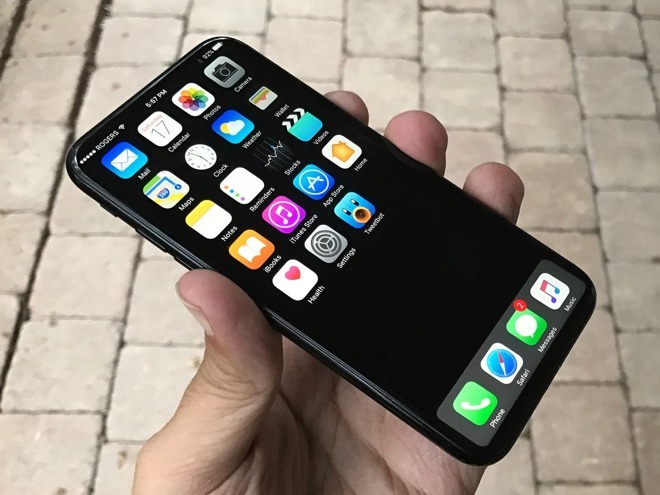














 Christine McKee
Christine McKee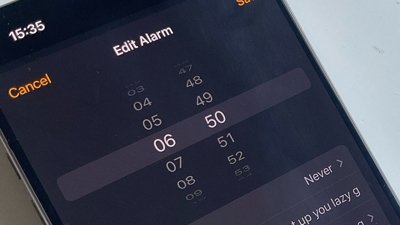
 William Gallagher
William Gallagher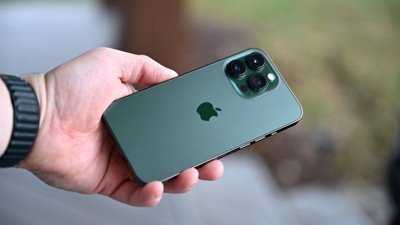
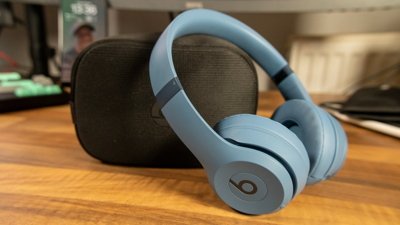
 Malcolm Owen
Malcolm Owen
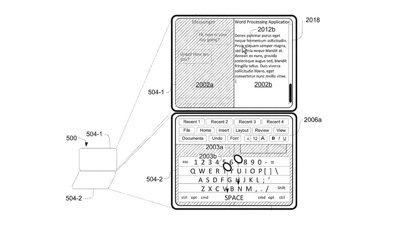
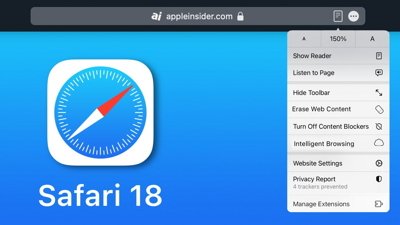
 Marko Zivkovic
Marko Zivkovic
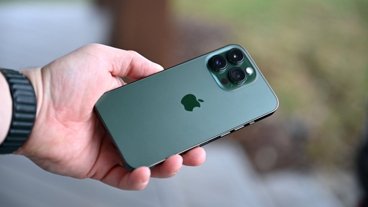
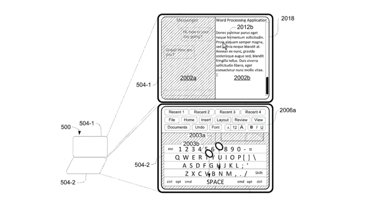




18 Comments
I’m convinced all these “delay” rumors are being spread by short sellers. Is that even legal?
No sirree.....
Samsung is a fairly reliable company. They do make mistakes as the Note 7 battery issues made painfully obvious. However, they have producing OLED panels for several years now. I find this particular rumor hard to believe.
Sorry but DigiTimes isn't as reliable as Tim Cook.
Tim said during the last quarter earnings call how much they have learned from the 7 Plus launch, and all but said that they were going to make sure that doesn't happen with iPhone X.
Not another delay. I guess I'll just buy a Galaxy S8.